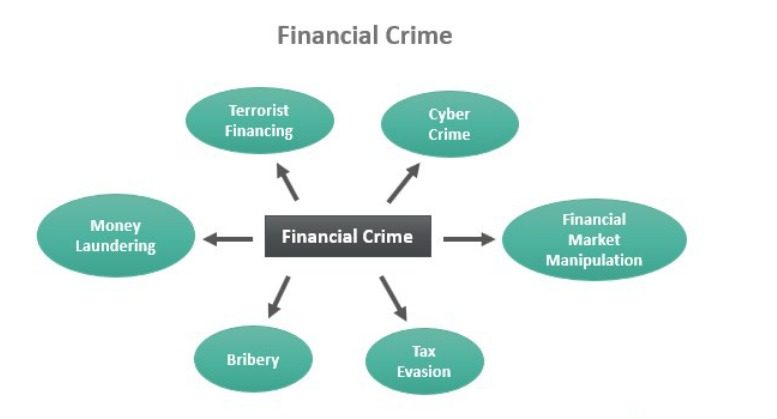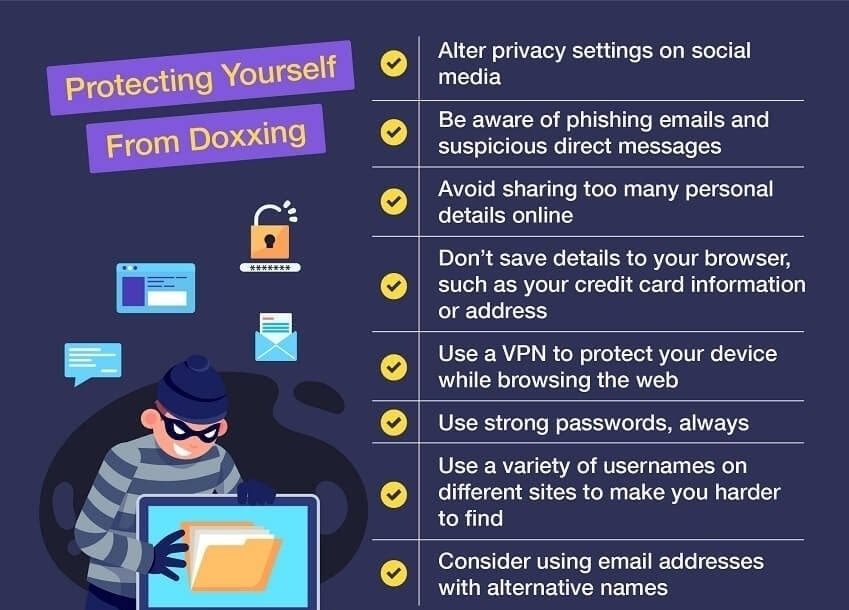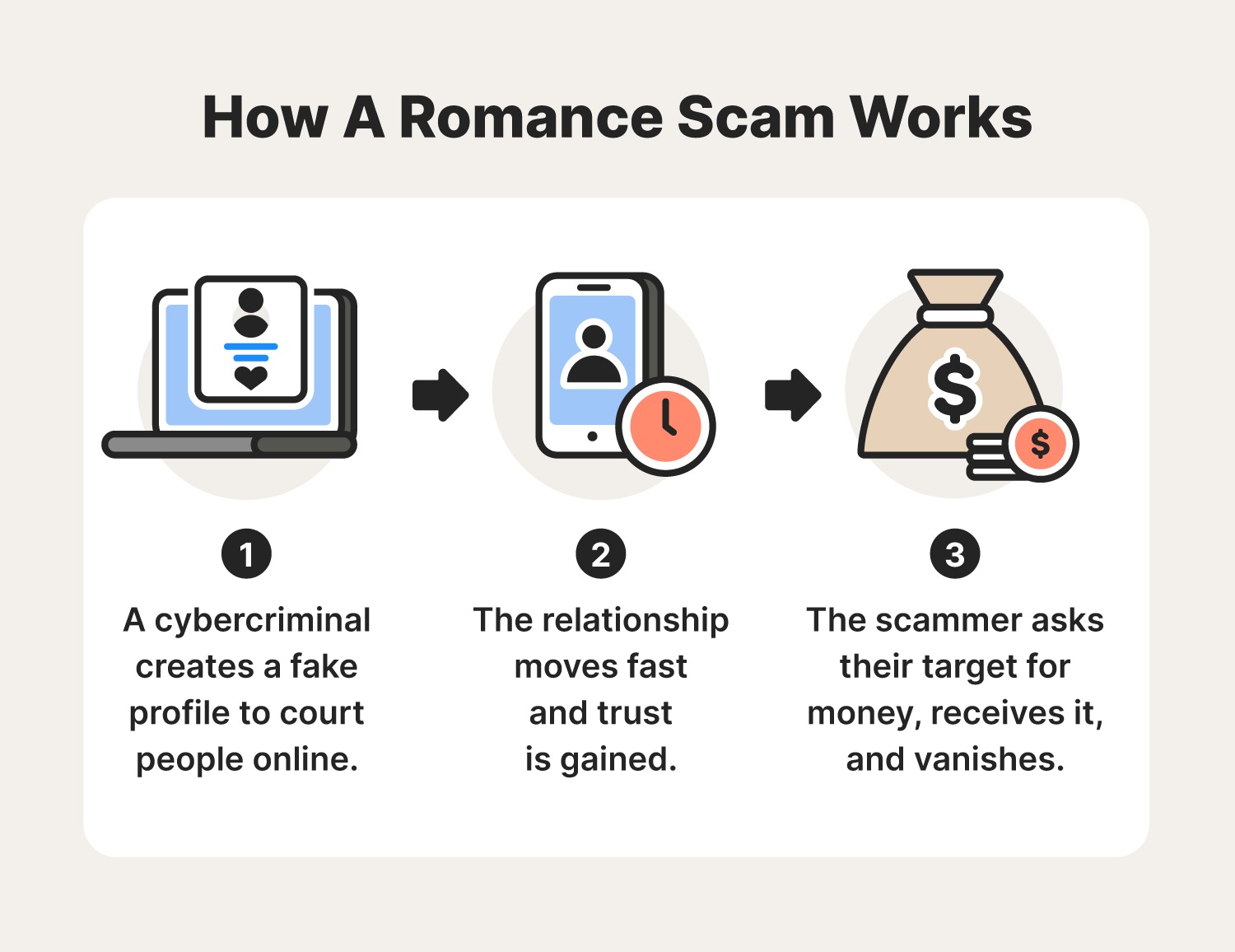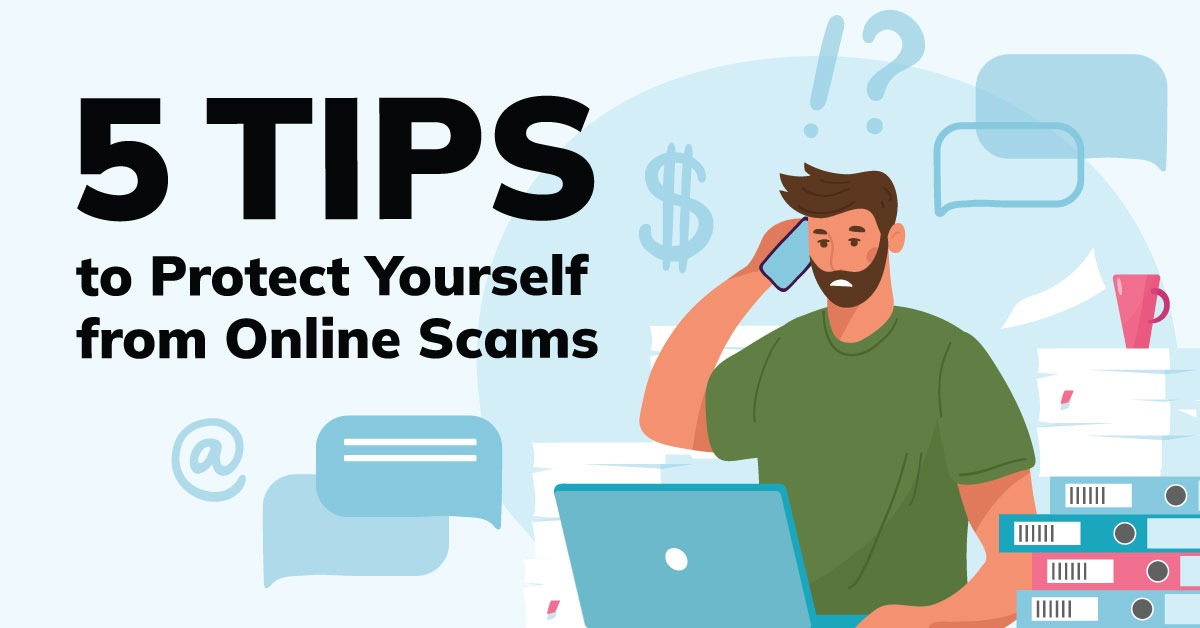Some of the different types of online scams that you should pay attention to are phishing scams, cat scams, job scams, and online shopping scams. These online scammers are trying to trick you into revealing your personal information, which the scammers use for malicious purposes. You need to learn how to recognize different types of online scams so that you don’t get caught by them.
What is online fraud?
Online fraud, commonly known as Internet fraud, is a type of cybercrime in which a cybercriminal uses the Internet to defraud a victim, steal money, gain access to confidential information, or for other malicious purposes. Cybercriminals pose as a well-known person or reputable company in order to gain the trust of their victims. They often contact their victims via personal or work email, social media accounts, dating apps, or other online methods.
Once an attacker comes into contact with his victim, he can trick her into revealing her personal data, login credentials, credit card numbers, social security number, address and other sensitive data. Online fraud can often lead to identity theft, loss of personal or professional data, as well as financial and credit card fraud.
Various types of online fraud
Cybercriminals use various methods to commit their online scams. Here are the different types of online scams that you should pay attention to.
Phishing
Phishing is a type of cyber attack in which a cybercriminal sends an unsolicited message to a user in order to steal their personal information. Cybercriminals trick users into revealing their personal information, such as login credentials or credit card numbers, by posing as a well-known person or reputable company.

Phishing scams send messages such as emails or texts containing a malicious attachment or link that downloads malware to your device or redirects you to a fake website. These fake websites mimic legitimate websites and try to trick you into revealing your personal information.
Catching cats
A catfish is a type of social engineering attack in which a cybercriminal creates a fake online identity to deceive and take advantage of someone else. Most of the scammers involved in fishing are trying to establish a romantic relationship with the victim through social networks or dating apps. Catfish scammers use those who are emotionally vulnerable to steal money or the victim’s personal information.
Job fraud
Job fraud is a type of fraud in which a cybercriminal creates a fake job advertisement to attract those who are actively looking for a new job or a job from home. These fake jobs seem too good to be true, as they often promise a lot of money for minimal work.
A cybercriminal will post these fake job listings on legitimate job listing sites such as LinkedIn or Indeed. They often create fake websites to make their fake jobs look legitimate. If a person applies and accepts a fake job advertisement, a cybercriminal can steal the candidate’s personal information by simply requesting it.
Social Media Fraud
Social media scams are online scams committed through social media platforms in which scammers post fake promotions, send malicious links, or impersonate themselves as online accounts to steal a user’s personal information. Fraud on social networks can occur through a user’s news feed or messages in which the scammer convinces the victim to click on a malicious link or return their personal information.
Online Shopping Fraud
Online shopping fraud is when scammers try to impersonate legitimate online sellers. Scammers often create a fake website posing as a legitimate online store. Some scammers create fake accounts on online platforms to deceive users and make them think that they are legitimate sellers. They often leave fake online reviews to make them more legitimate.

When a user attempts to purchase from a fake website, account, or page, the scammer tricks the user into revealing their financial and personal information. These types of scammers lure and trade the victim by giving her a fake product or not giving any product at all.
Scarecrow
Malware is a type of social engineering attack that uses psychological manipulation to trick victims into downloading malware to their devices. This often appears in pop-up ads that try to make you think that there is a virus on your device and you need to download antivirus software. However, when you click on the pop-up window to download antivirus software, you are downloading malware instead.
What to do if you are deceived on the Internet
If you ever become a victim of online fraud, you need to take the following steps to mitigate its harmful effects.
Changing compromised passwords
Many online scammers try to get your credentials and other personal information. If you accidentally provide your credentials to a scammer, you need to change your passwords immediately so that they don’t lose access to your accounts. You also need to change all accounts that reuse the same credentials to prevent these accounts from being hacked.
Scan your device for malware
Some online scammers send a message with an unwanted link or attachment. These malicious links and attachments are malware delivery methods. When you click on unwanted links or attachments provided by an online scammer, you need to use antivirus software to scan and remove malware found on your device.
Freeze your balance
Depending on the information you provided to the online scammer, you may have to freeze your balance so that the scammers cannot take out loans in your name. To freeze your balance, you need to contact each of the three credit bureaus individually: Experian, TransUnion, and Equifax. You will need to contact each of the credit bureaus separately, as contacting one credit bureau to freeze your loan will not automatically freeze it in the other two bureaus. A fraudster can still take out loans or credit cards in your name, as lenders may use an office that you did not use to freeze your balance.

Credit restrictions are necessary to prevent identity theft in the event of your personal information being hacked, but you can also set up fraud alerts at credit bureaus. A fraud alert notifies lenders that your personal information has been compromised and that a fraudster may try to apply for a loan in your name. Unlike a loan freeze, your loan is still available, but lenders must verify your identity before granting a loan. If you plan to set up a fraud alert, you will need to do this with only one credit bureau, and then that credit bureau will alert the other two.
Block your cards
If you have lost your debit or credit card information as a result of online fraud, you will need to contact your bank and lenders to block or cancel your cards. This prevents fraudulent withdrawals from your payment cards by fraudsters. After blocking and canceling your cards, you need to request a new card so that scammers cannot make future purchases in your name.
Contact all interested authorities
Depending on the information stolen as a result of online fraud, you may need to contact all interested parties to mitigate the consequences. If you lose your credit card information or your money, you may have to contact the Federal Trade Commission to prevent identity theft or credit card fraud. If you accidentally lose your organization’s confidential data, you need to notify your organization so that it can prevent data leakage. If you lose access to your online accounts, you will need to contact your service provider to get your accounts back.
How to avoid falling into the trap of online fraud
Online scams are everywhere, so you have to be careful when browsing the web. You can easily avoid becoming a victim of online fraud by doing the following.
Use strong and unique passwords
Scammers use any method to access your online accounts and steal your personal information. You should use strong and unique passwords to protect your online accounts. Strong passwords make it difficult for cybercriminals to easily guess your passwords. Your passwords should be different for each of your accounts to prevent multiple accounts from being hacked by entering credentials and other cyber attacks.





